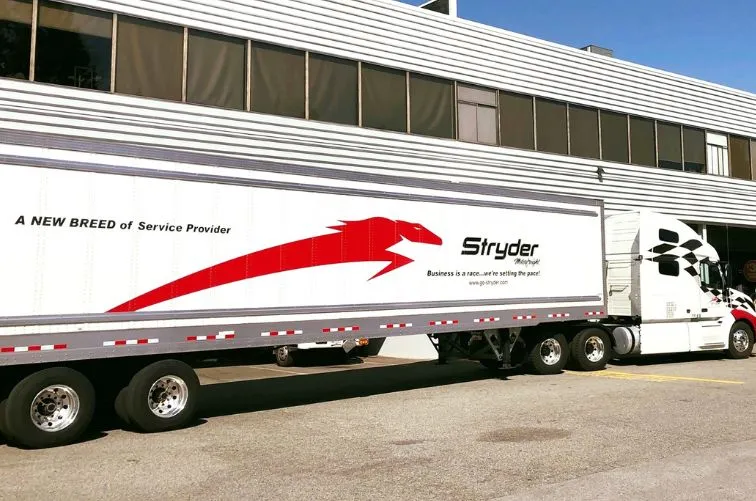Warehousing and distribution services in logistics bridges the gap between production and delivery. Stryder USA provides warehousing and distribution services from the Seattle–Tacoma–Bellevue, WA’s metropolitan area which help businesses in the Pacific Northwest of USA and Canada meet market demands while controlling costs.
Here we’ll explain what warehousing and distribution is and show examples of how warehousing and distribution services interconnect and work together.
What is Warehousing and Distribution in Logistics?
Warehousing and distribution in logistics serve as the backbone of efficient supply chains.
- Warehousing involves the storage facilities and systems used to manage raw materials, work-in-progress goods, and finished products, ensuring they remain in optimal condition until needed.
- Distribution, on the other hand, focuses on the distribution process—moving goods from warehouses to retailers, businesses, or end consumers.
Together, they ensure the smooth flow of products, minimize operational costs, and enhance customer satisfaction by meeting customer expectations for speed and accuracy.
Businesses rely on warehousing and distribution services for secure storage, to balance stock levels, manage seasonal fluctuations in demand, and maintain supply chain efficiency. For example, distribution centers act as hubs where products are sorted, packaged, and dispatched, while warehouse management systems (WMS) optimize inventory tracking, costs, deliveries, and storage space.
Warehousing and Distribution Services: Four Examples of How They Work Together
There are two key distinctions to be made when it comes to warehousing and distribution services.
- Warehousing: Focuses on storage facilities, inventory control, and product storage.
- Distribution: Emphasizes the flow of products through transportation logistics, distribution networks, and delivery times.
Here are examples of warehousing services and distribution services interconnected.
Example 1: Cross-Docking Services for Reduced Transit Times
Cross-docking bridges warehousing and distribution by minimizing storage time while maximizing transportation efficiency.
- Warehousing: In this service model, warehousing acts as a short-term staging area where incoming goods are sorted, consolidated, and transferred directly to outbound vehicles—often within hours. This eliminates the need for long-term storage, reducing storage costs and preserving product freshness.
- Distribution: The distribution part involves actions like planning delivery routes, scheduling shipments, loading goods onto transport vehicles, and tracking shipments to ensure they reach the customer on time.
For perishable goods like beverage products, this synergy between warehousing and distribution cuts transit times, optimizes delivery times, and maintains customer satisfaction by ensuring goods arrive in optimal condition.
Example 2: Industry-Specific Warehousing and Distribution
Specialized infrastructure in warehousing and distribution is necessary for industries like beverages and paper products, where unique handling needs dictate tailored solutions.
- Warehousing: Beverage warehouses feature reinforced flooring for heavy liquid containers, automated conveyor systems for fragile bottles or cans, and efficient storage layouts to manage raw materials (e.g., grains, syrups) and finished goods at scale. For paper products, facilities prioritize humidity-controlled zones, dust-free environments, and specialized racking to protect sensitive materials like packaging or large paper rolls.
- Distribution: On the distribution side, involves the specific actions of strategically locating warehouses near manufacturing hubs for faster deliveries, using cross-docking to quickly transfer raw and finished goods, and employing specialized transportation like reefer trucks or vehicles with waterproof coverings to ensure safe and intact delivery of products like beverages and paper items.
Example 3: Bulk Storage Solutions for Excess Inventory
For industries like manufacturing or retail, which face seasonal fluctuations in demand, bulk storage warehouses act as a buffer, holding raw materials or finished products until needed.
- Warehousing: Warehousing addresses the challenge of excess inventory by providing bulk storage solutions designed for large-scale product volumes. Warehouse operators do their best to maximize storage capacity and enable quick movement of goods, ensuring efficient use of space and labor.
- Distribution: Distribution involves managing the movement of bulk goods from the warehouse to retailers or production lines, ensuring that products are delivered when needed to avoid overstocking while keeping supply steady during peak demand periods.
Together, warehousing and distribution balance stock levels, reduce operational costs, and maintain a steady supply to meet customer demand during peak periods.
Example 4: Just-in-Time Distribution Service Models
The Just-in-Time Distribution (JIT) model relies on tight coordination between warehousing and distribution to align inventory with production and delivery schedules.
- Warehousing: Warehousing here focuses on short-term storage, holding goods only until they are required, which minimizes storage costs and avoids excess inventory.
- Distribution: The distribution part involves precisely timing deliveries to align with production or customer orders, ensuring goods arrive exactly when needed, such as delivering parts to automotive assembly lines or restocking retailer shelves without overloading storage.
This integration reduces transportation costs, slashes waste, and allows businesses to adapt swiftly to market demands, all while maintaining customer loyalty through reliable and timely delivery.
Is Distribution the Same as Transportation?
While transportation is a critical component of distribution, the two are not the same.
- Transportation: Transportation logistics refers specifically to the movement of goods via freight trucks, trains, ships, or planes. Distribution, however, encompasses the entire distribution process, including warehousing, inventory management, order processing, and last-mile delivery.
- Distribution: While transportation focuses on the physical movement of goods from one location to another, distribution services encompass a broader, strategic process that integrates transportation with inventory management, route optimization, and delivery coordination to meet customer expectations.
Transportation is a single component of distribution—essentially the “how” of moving goods—whereas distribution addresses the “where,” “when,” and “why” behind the entire distribution process.
3PL Warehousing and Distribution in Washington State: Stryder USA
Stryder USA provides third-party logistics (3PL) warehousing and distribution services from the Seattle–Tacoma–Bellevue area of Washington State and the Pacific Northwest. Specializing in warehousing and transportation services, Stryder USA helps businesses navigate complex supply chains while avoiding the pitfalls of poor logistics management and supply chain bottlenecks.
- Strategic Locations: With distribution centers positioned near major highways and ports, Stryder USA ensures seamless flow of goods to retail locations and beyond. Our warehouse facilities offer secure storage for extended periods, accommodating both short-term storage needs and long-term storage for seasonal inventory.
- Third-Party Logistics Services: As third-party logistics providers, Stryder USA optimizes inventory levels and reduces transportation costs. Our expertise in cross-docking and managing bulk storage enables clients to manage operational efficiencies without compromising on customer experience. Stryder USA prioritizes timely delivery and accurate stock management.
- Beverage and Paper Product Expertise: Stryder has extensive industry expertise in handling both beverage and paper products from warehousing, distribution, and transportation. Our warehouse facilities are equipped with infrastructure suited for both bulk beverage and paper storage.
By partnering with logistics experts like Stryder USA, business owners gain access to flexible solutions that keep customers happy and products ready for the next phase of their journey.
Contact us at 253-458-7705 or sales@go-stryder.com for more information on our services or to book a site-visit.


Recent Comments